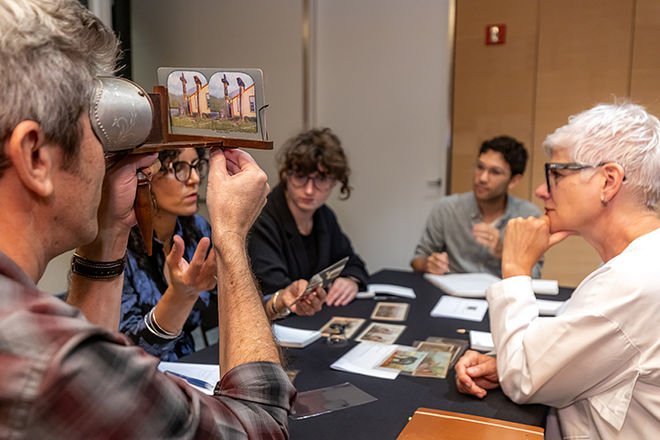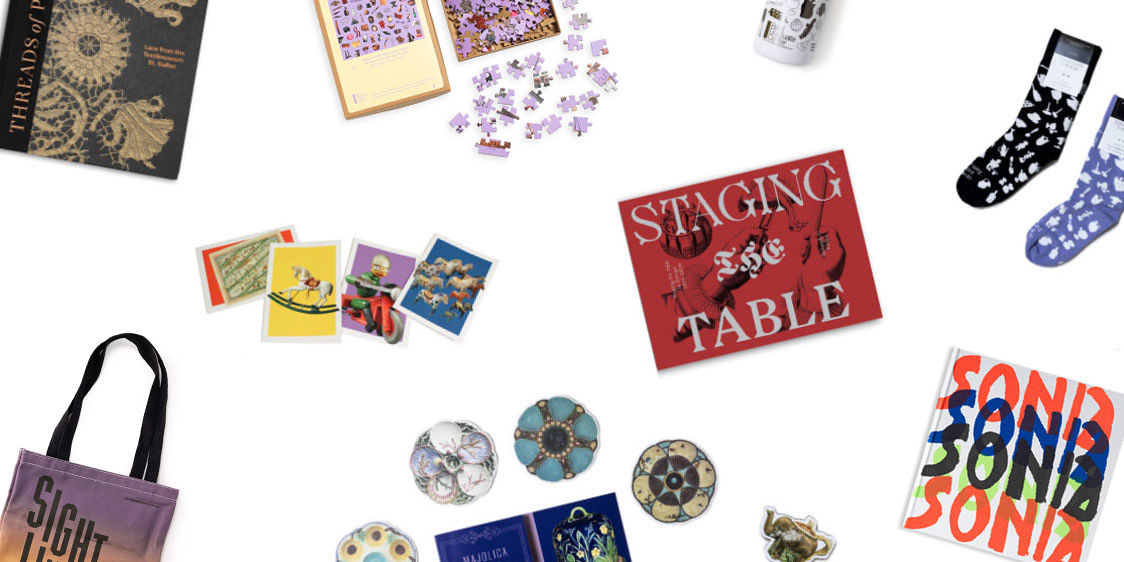Over the next 5 years, Bard Graduate Center and collaborators at the Helmholtz Center for Cultural Techniques of the Humboldt University in Berlin (Cluster Bild. Wissen. Gestaltung), and the Conservation & Scientific Research Department of Rijksmuseum in Amsterdam are pursuing an agenda to understand the implications of “active matter” for the theory and practice of conservation.
Conservation is a discipline long connected to the stabilization of art and cultural heritage. As technological achievements and an evolving art world have changed the uses and meanings of materials employed in the objects of conservation, prevailing theories and practices of conservation have begun to be re-examined. Rather than attempting to render artworks inert to their environments and frozen in time, conservators today must sometimes accept change as part of the integral nature of the work. How will conservation as a theory and discipline wrangle with these 21st-century problems?
Through dialogue between the perspectives of materials science, conservation, history, philosophy, and Indigenous ontologies, BGC faculty, fellows, and collaborators will explore questions of “active matter” and conservation theory and practice over the next 5 years with the results of the project manifesting in a BGC Focus Gallery exhibit in Spring 2022.
To launch this next five-year phase of BGC’s Mellon supported “Cultures of Conservation” initiative, a symposium, “Conserving Active Matter” was held at Bard Graduate Center on November 27th and 28th. The symposium began with a public panel discussion between material scientist Admir Masic (MIT), conservator Glenn Wharton (NYU), and philosopher Justin Broackes (Brown) on the evening of Monday, November 27th (Link to video). This was followed by an all-day symposium on the 28th organized into panels representing history, philosophy, Indigenous ontologies, and materials science. While the event is referred to as a symposium, Tuesday was spent in much of a working group format. After panel participants’ presentations, participants launched into questions and discussion. The next several blog posts will recap aspects of the event.
-Alicia Boswell and Jessica Walthew











